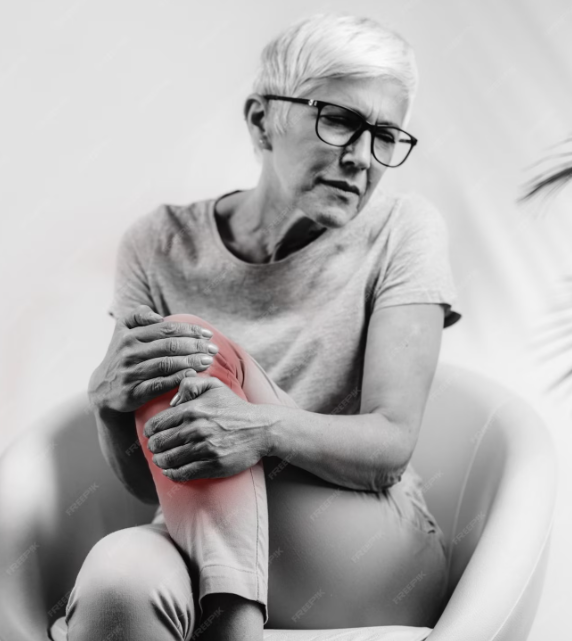Hyperbaric Oxygen Treatment for Autism: Exploring a New Approach
Autism spectrum disorder (ASD) affects millions of families worldwide, and while the exact cause remains debated, new perspectives are emerging. Some researchers now view autism as a form of autoimmune disease that impacts the central nervous system—essentially, an autoimmune encephalitis.
Special brain scans have shown that in up to 75% of patients with autism, blood flow to the brain is reduced, especially in the temporal lobes, prefrontal cortex, and other key regions. This hypoperfusion (low blood flow) is often accompanied by widespread inflammation in the body. Regardless of the underlying cause, families living with autism experience this reality firsthand.
So, where does hyperbaric oxygen therapy fit into the picture?
How hyperbaric oxygen therapy May Help
hyperbaric treatment is well-known for its anti-inflammatory and healing properties. When patients breathe 100% oxygen in a pressurized chamber, several beneficial changes occur:
- Reduced inflammation: increases anti-inflammatory cytokines and decreases inflammatory ones, helping regulate the immune system.
- Gut health support: nourishes the microbiome, encouraging healthy bacteria and discouraging harmful ones—important, since gut health is closely tied to brain health.
- Angiogenesis: stimulates new blood vessel growth, improving circulation and oxygen delivery to underperfused brain regions.
- Neuroplasticity: supports the brain’s ability to form new connections, which may improve function over time.
These mechanisms are similar to what has been observed in other neurological conditions where hyperbaric oxygen has shown benefit, such as Alzheimer’s disease, PTSD, ADHD, and severe depression.
Reported Benefits for Autism Patients
Families and clinicians have reported improvements in several areas:
- Language development: Some children have shown better speech and improved understanding of language.
- Behavioral regulation: Reduced irritability and improved executive function (goal-directed behavior).
- Sleep: Better quality and longer duration of sleep, linked to HBOT’s calming, parasympathetic effects.
While results vary, these improvements directly reflect the brain regions most impacted by reduced blood flow in autism.
Important Considerations
It’s important to address a common misconception:
“Can I just buy a home hyperbaric oxygen chamber and treat my child every day?”
No. While some studies suggest that lower pressures (1.3–1.5 ATA) may be optimal for autism, protocols vary widely. Some even recommend air (21% oxygen) instead of 100% oxygen, though this typically requires many more sessions.
What’s critical is that neurological conditions require professional supervision. HBOT for autism should never be attempted casually at home. Treatments must be carefully planned and monitored by experienced clinicians.
The Bottom Line
Hyperbaric oxygen therapy is not a cure for autism, nor is it a first-line treatment. However, when used appropriately in a professional setting, it may help reduce symptoms, support development, and improve quality of life for autistic patients and their families.
At Noah Clinics, we are committed to providing thoughtful, professional care for families exploring HBOT for autism. Our goal is to offer safe, supportive treatment that can help patients achieve measurable improvements while complementing other therapies.
Hyperbaric oxygen treatment holds promise, but it must always be part of a broader, carefully guided treatment plan.







